Lux v Lumens – A Guide
When measuring the light emitted from a bulb, headlight, or another automotive light source, you will typically see the light measured in either lux (lx) or lumens (lm). People who test these lights standardize their tests and use these measurements to give an accurate representation of how bright they are to viewers.

But what exactly is the difference between lux and lumen? When do you use lux and when do you use lumens? Do these ratings give an accurate readout of how bright a light is? What even is a lux and a lumen? Today we answer these questions and more.
What is a Lux?
A Lux, also known by its scientific symbol ‘lx’, is a derived unit of measurement from the Universal System of Units (SI). Lux measures luminous flux per unit area. Luminous flux refers to the perceived power of a light-based on the variance of the human eye and how it perceives light.
That last part of the definition is important because the lux rating will change based on the distance the object is from the light source. This is an important aspect of a light’s performance when used in a headlight application.
To put it simply, when a light is being shined on a wall, the area that is illuminated by the light is what is measured as lux.
What is a Lumen?
The luminous flux that a lux measurement is based on, comes from lumens. Where lux is a measurement of light within an area as perceived by the human eye, lumens is the total amount of visible light emitted by a light source. You will often see an ‘lm’ value on your lightbulbs at home. The higher the lumen number, the more output the bulb has.
A high lumen number does NOT mean the light is very bright. Lumens can be described as how much output is generated by the light. The bulb’s output can be affected by its physical size, the reflector geometry, and the efficiency of the housing.
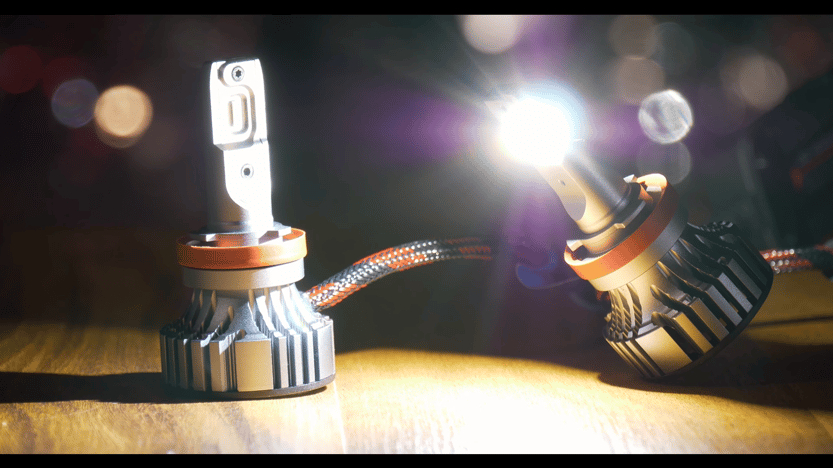
Manufacturers will cite their lumens on listings to trick you into purchasing their light that they claim to be bright but is actually very dim. What you will want to look for is a lux rating and accompanying measurement distance.
The same can be said for a bulb’s wattage. A 35w bulb can emit just as many lumens as a 55w bulb due to its level of efficiency. If you see an LED bulb, HID bulb, or halogen replacement bulb online and they note a low wattage, this does not necessarily mean the light will be dim.
An example of this would be the new Holley RetroBright LED headlights. These lights utilize a 25w LED cartridge but put out an insane amount of light.

Now, if you were to take a portion of the light output and measure the amount of light within that area, you would get what is called a candela. Candela sounds similar to lux, but they are actually different measurements.
What is a Candela?
Candela is the measurement of light that is concentrated in a specific direction. This is in opposition to lumens where the light is not concentrated and lux where the light is measured within an area. You may see candela described as luminous intensity.
This is also a measurement of the intensity of the light, not how much light is produced. For the amount of light that is produced by a source, you will need to look at lumens.
Automotive Light Output
Now that we have gone over the definitions and applications of lux, lumens, and candela, we want to go over how all these elements affect and define the output of headlights and bulbs on cars.
One element of a headlight that is often discussed is its beam pattern. Here you will find a variety of aspects that affect how the light is perceived and how its output (lumens) is utilized (candela) to achieve the desired level of light (lux).

For example, a spot beam will likely have a very high lux rating due to its function to send light as far as possible in a certain direction. On a standard driving light, the lux will be much lower because the beam is no longer concentrated into a specific area but spread out to cover more ground.
Between these two lights, one could have a bulb that produces the same number of lumens but receives two completely different lux ratings thanks to the construction of the bulb and housing. Put simply, the lux is higher on the spot beam because the light is more concentrated.
Color Temperature and Lumens
One last thing we would like to touch on is the color temperature of your light. Headlight Revolution published a great blog post on the matter, but we wanted to expand on it a bit here.
Anytime you divert the color of your light output further from a true-white color, the less brightness you will see. Meaning the color temperature of your light will affect your lux rating. If you are wanting to run a blue or yellow light, your nighttime visibility will go down (and might be illegal based on your local laws).
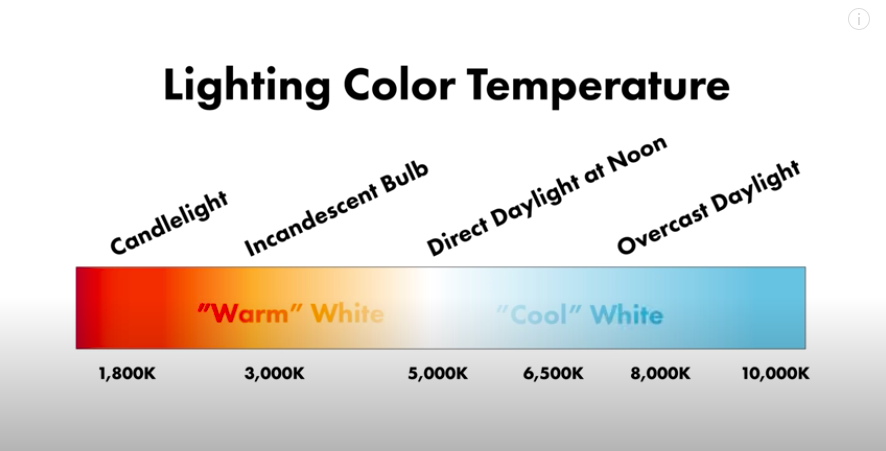
Conclusion
As we mentioned before, it is good to keep an eye out for companies touting their high lumen counts on their LED, HID, or halogen lights without also giving a lux rating and its distance parameters.
If you are wanted to get the best idea of how a certain LED bulb or aftermarket headlight performs with respect to how bright it is, lux is the most accurate depiction of the light’s output. Better yet, having a percent increase difference between the existing light and the one you will install, will let you know how much brighter the light is.
Please let us know if you have any further questions and be sure to check out the rest of our content where we go over a variety of news, reviews, and technical guides to the automotive lighting industry.
If you enjoyed this article, drop us a comment and let us know about your experience with the brightness of your lights and how they were advertised.



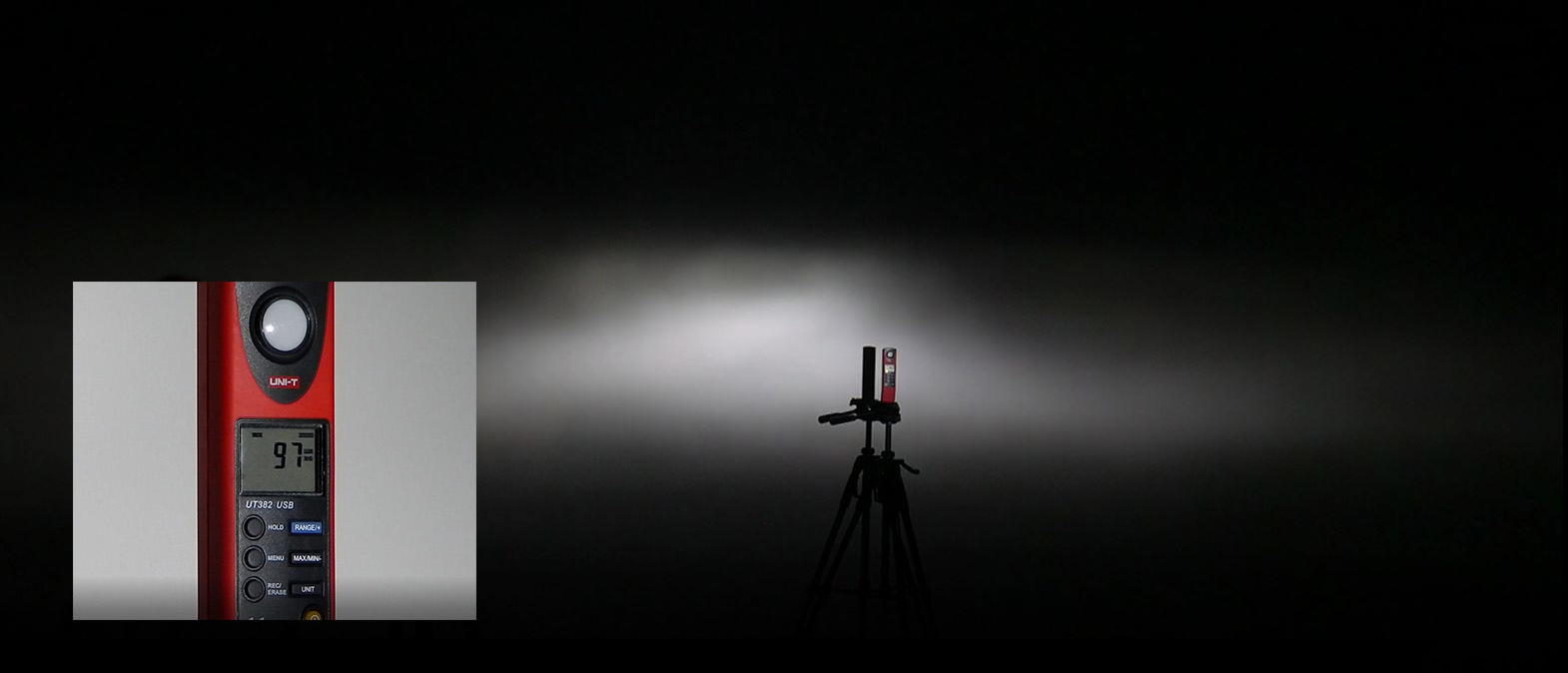
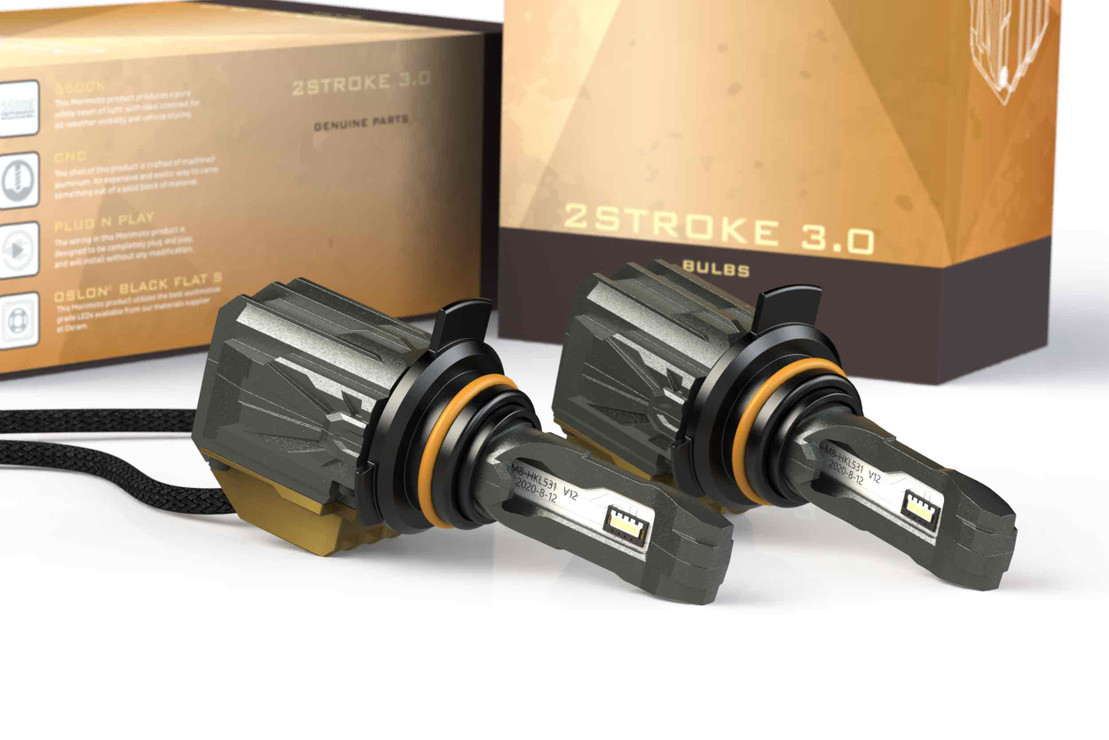
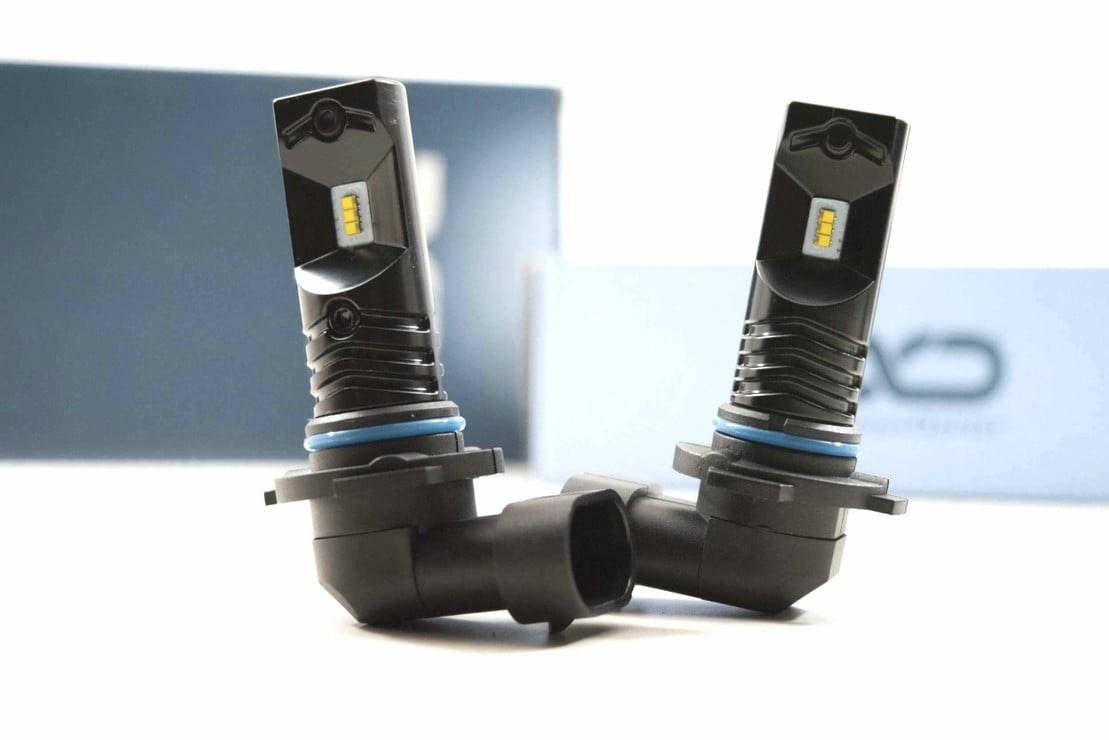
.png?width=300&height=87&name=logo%20(1).png)